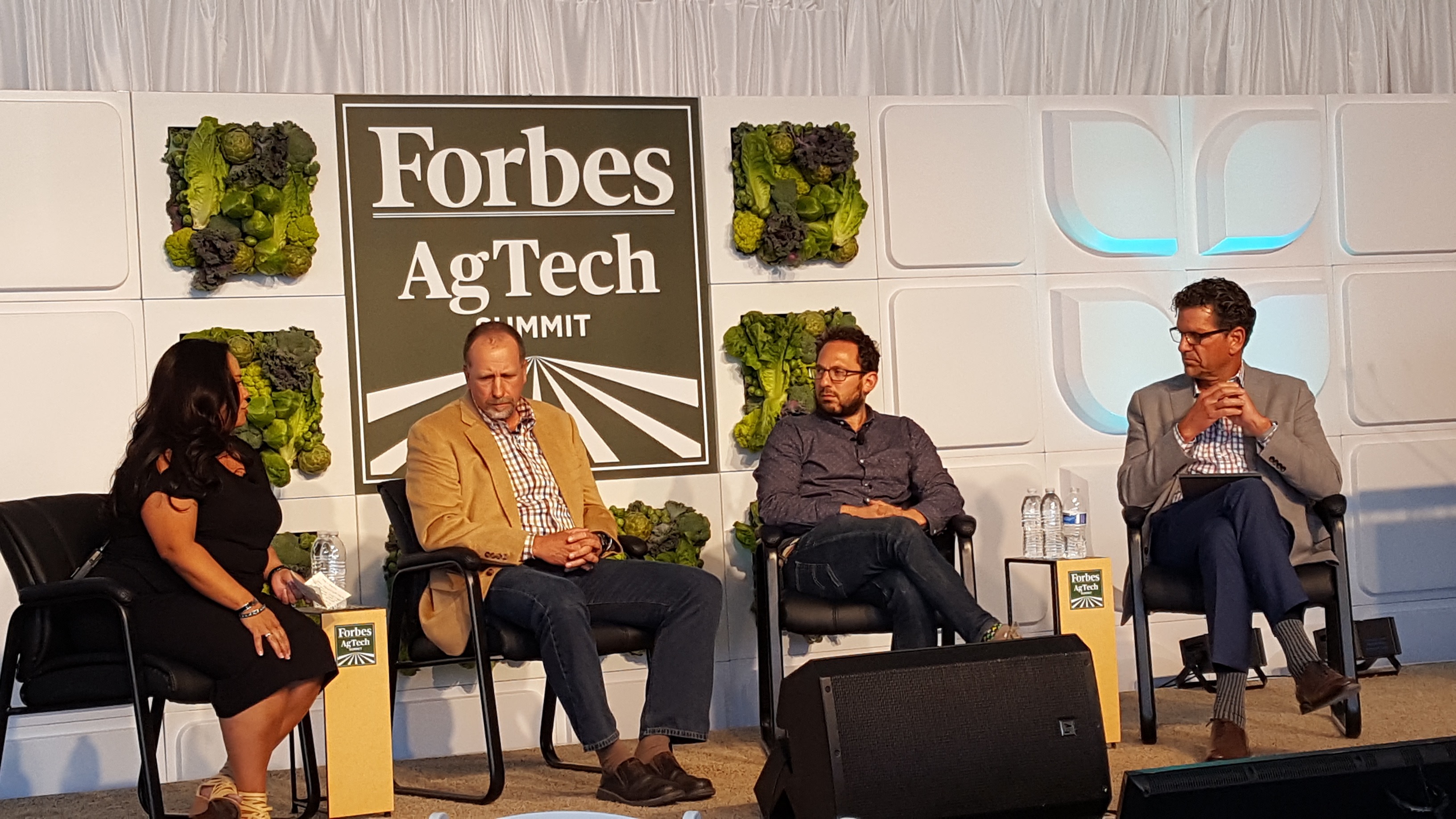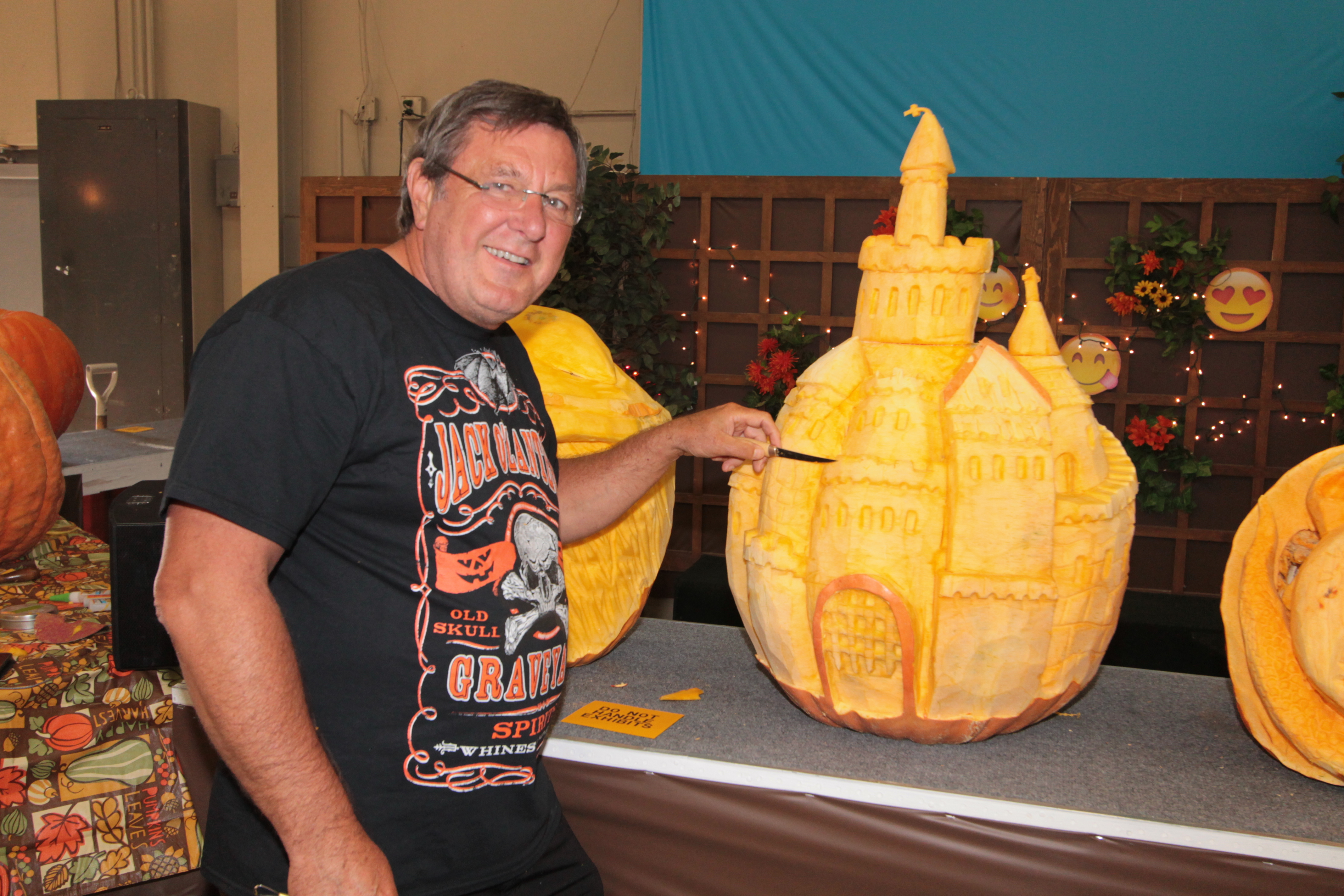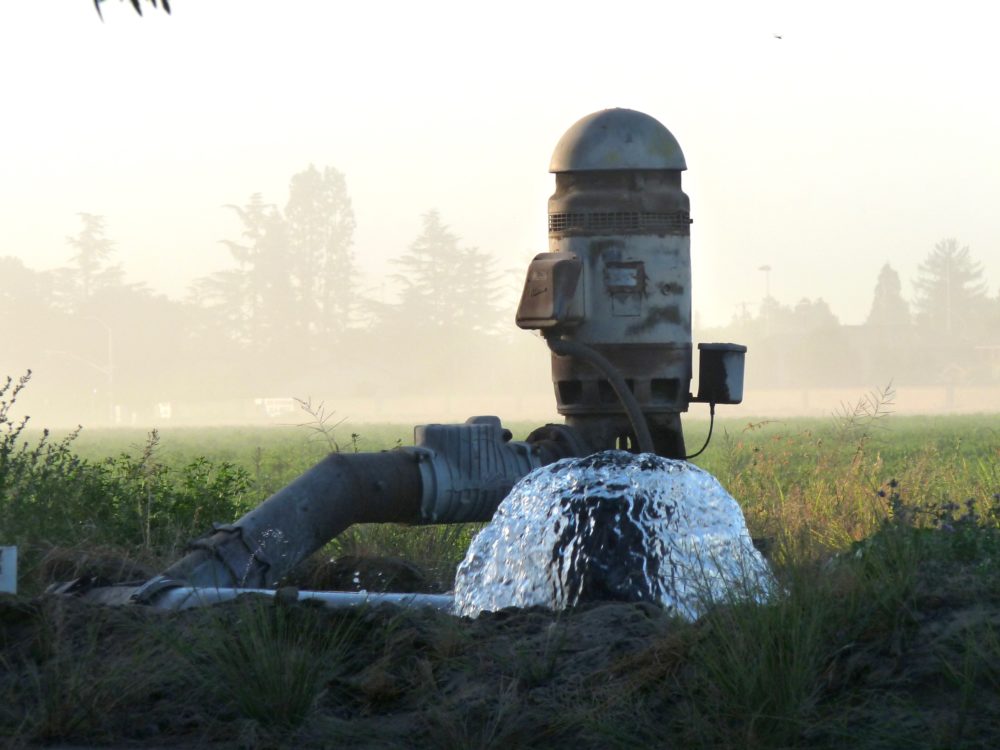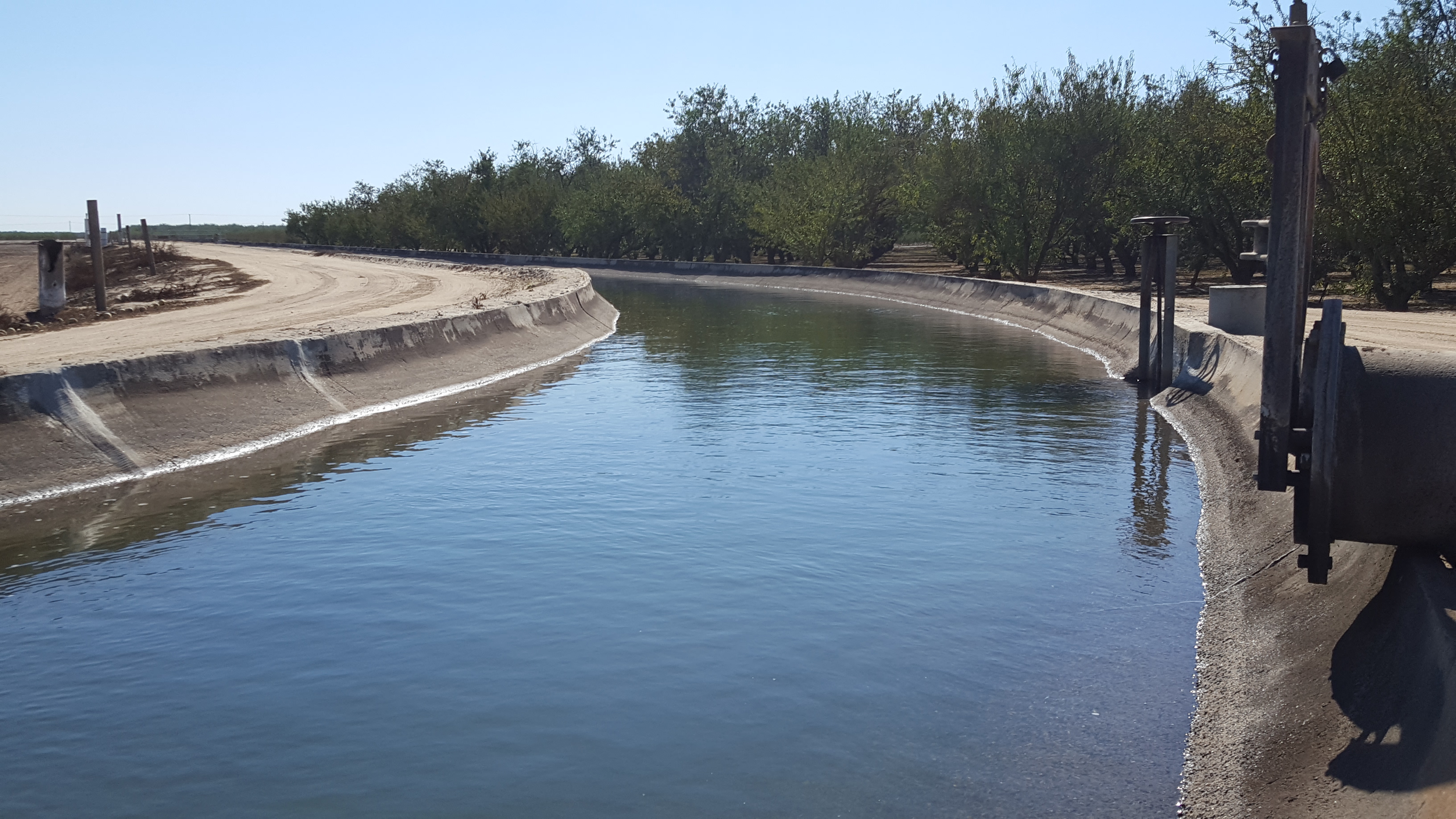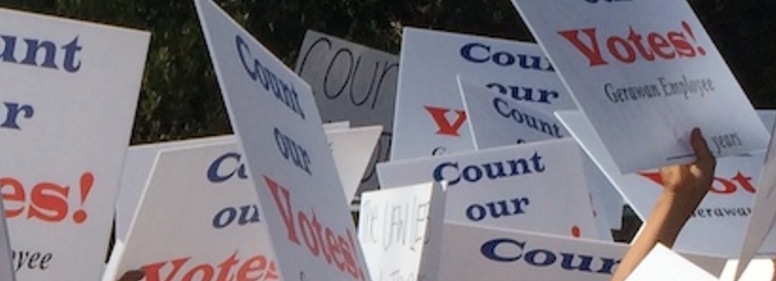Celebrating California Agriculture . . . on World Vegan Day!
Celebrate World Vegan Day!
Peterangelo Vallis, executive director of the Fresno-based San Joaquin Valley Wine Growers Association, has an insightful viewpoint on California agriculture. That’s why California Ag Today considers him to be our Ambassador of Agriculture, and we’re glad he’s on our team.
In Celebration of World Vegan Day, Peterangelo Vallis addressed the need for California farmers to think about and engage with all the people who eat fruits and vegetables, including vegans*, environmentalists and fringe groups:
Well, vegans and environmentalists eat more fruits and vegetables than anybody. Guess what we make?
Look, I love a juicy steak, the same as most people. But frankly, most of my plate is vegetables. If somebody is buying something, they’re buying vegetables, and they want fresh vegetables. Vegans can get those in California, because they’re close enough to us. Let’s face it, these are highly perishable items and they’re going out there. Yet, we tend to vilify the same people that are paying our bills by buying our stuff.
Criticizing vegans is crazy. You don’t see Louis Vuitton making fun of middle-aged women. It’s just not what happens because they want you to buy more bags.
Everybody eats fruits and vegetables. If they don’t, they should, and vegans are just an extra boon to California Agriculture. Look, people eat fruits, vegetables, milk, cheese, meat, everything. Without people eating, we don’t have jobs. The more population growth, the more people who need to eat. These are our customers.
We do a terrific job of turning [vegans] off to us. Look, we should be their favorite people and favorite sub-set of the population. We help keep them alive and healthy, and with shiny hair and good skin, because they’re eating all of our ridiculously safe and clean foods that you really can’t get anywhere else in the hemisphere.
*According to the Loma Linda University School of Public Health, Department of Nutrition’s, “The Vegetarian Food Pyramid,” Vegetarian is a broad term meaning a diet that excludes meat, fish and poultry. Vegans are vegetarians who do not consume any dairy products, eggs or animal flesh.




